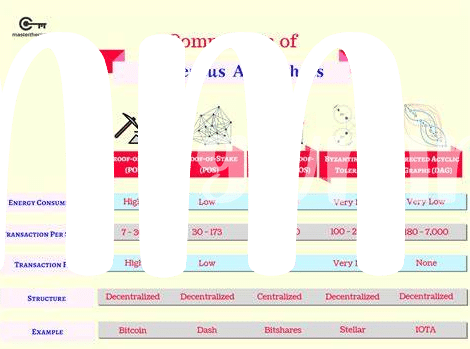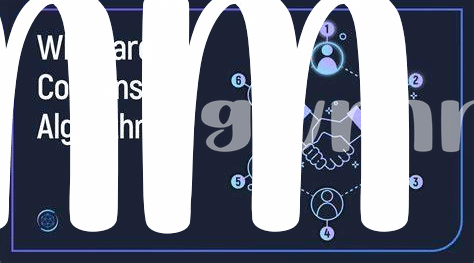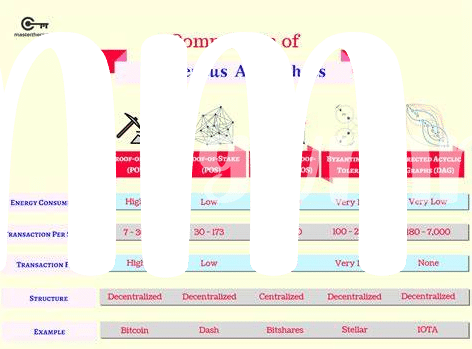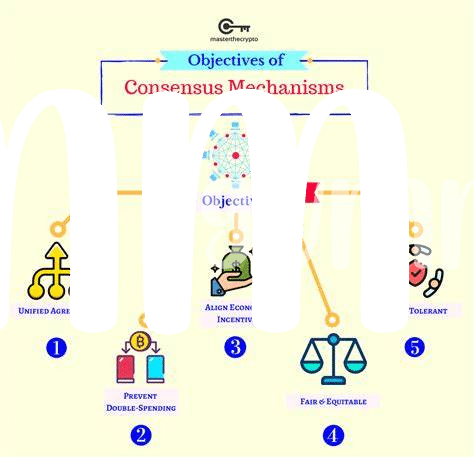What Is Bitcoin Halving? 🌐

Imagine you’re at a magical fair where every four years, the number of shiny coins you can win from a game halves. That’s a bit like a special event in Bitcoin’s world called halving. This event is built into Bitcoin’s design and happens every 210,000 blocks, roughly every four years, making the mining reward for validating transactions and safeguarding the network half of what it was before. Initially, miners received 50 bitcoins per block, but after each halving, they get less and less. This is like a digital scarcity trick to ensure that not all bitcoins are released too quickly. As a result, the total number of bitcoins that can ever exist is capped at 21 million, making it a unique kind of digital gold. The idea is that by making bitcoins harder to come by, their value might increase over time as they become more scarce, much like rare treasures. This event is a big deal in the Bitcoin community, influencing not just how bitcoins are made but also how people around the world see and value them. Here’s a little table to break it down:
| Halving Event | Reward Before Halving | Reward After Halving | Year |
|---|---|---|---|
| 1st Halving | 50 BTC | 25 BTC | 2012 |
| 2nd Halving | 25 BTC | 12.5 BTC | 2016 |
| 3rd Halving | 12.5 BTC | 6.25 BTC | 2020 |
How Halving Affects Bitcoin Mining 🔨
Imagine a world where every four years, gold miners find that the earth gives them half as much gold for the same effort. This is similar to what happens in Bitcoin mining. When a Bitcoin halving event occurs, miners receive 50% less Bitcoin for verifying transactions. This is a built-in feature of Bitcoin to control inflation and mimic the scarcity of precious resources like gold. Initially, miners might feel the pinch because their rewards are slashed in half, but this event is known to have interesting effects on the Bitcoin ecosystem, stirring discussions and speculations within the community.
As miners’ rewards decrease, the cost of mining doesn’t necessarily drop. This means miners need more efficient technology or cheaper energy to maintain profitability. This halving phenomenon is a test of resilience and innovation for miners. On the flip side, the reduced pace at which new Bitcoins are created adds to the scarcity aspect, which historically has led to an increase in value over time. By understanding the dance between miner effort and rewards, it’s easier to appreciate the complex yet fascinating world of Bitcoin mining. For more insights, take a deeper dive into Bitcoin’s essential mechanisms here.
Bitcoin’s Value before and after Halving 💸

Imagine a magical money-making machine that suddenly starts making half as much money as it used to. This is a bit like what happens to Bitcoin every four years, in an event known as “halving.” Before a halving event, miners are rewarded with more bitcoins for verifying transactions and adding them to the blockchain, which is like a giant, secure ledger. These rewards make mining profitable and attract more miners to the network. As the halving approaches, there’s often speculation and excitement, driving the price of Bitcoin up because people know the rewards for mining will soon decrease, making bitcoins more scarce.
After the halving, the reward for mining new bitcoins is cut in half, which means the supply of new bitcoins entering the market slows down. Initially, this could cause some miners to stop mining because it’s not as profitable, leading to fears of a drop in Bitcoin’s value. However, history has shown us that over time, the reduced supply of new bitcoins tends to push the price up. The excitement around halving events, combined with the decreased supply, usually results in a notable increase in Bitcoin’s value in the months following a halving. This cycle of anticipation and aftermath has been observed in past halvings, sparking debates and predictions on how the next one will influence Bitcoin’s value and the crypto world at large.
Understanding Consensus in the Bitcoin World 🤝

In the world of Bitcoin, reaching an agreement—or consensus—is key. Imagine a group of friends deciding where to eat. Everyone must agree, or else they end up eating alone. Similarly, in Bitcoin, transactions are validated and recorded only when the majority of participants agree they are legit. This system ensures security and trustworthiness without needing a central authority to call the shots. But reaching consensus isn’t always smooth sailing. Sometimes, disagreements lead to a split in the community, creating a new version of Bitcoin. This is like deciding between pizza or burgers for dinner, and the group splits based on preference. These splits are known as forks, and understanding their impact is crucial for anyone involved in the Bitcoin space. For a deeper dive into how these forks influence the network, check out bitcoin forks and their impact explained. Just like in any community, these challenges and decisions shape the future and value of Bitcoin, making each consensus reached a milestone in its ongoing story.
Past Halvings and Their Market Impact 📊
When we look back at Bitcoin’s journey, the halving events are like milestones on a long road. 🛣️ Imagine someone telling you every few years, the amount of gold you can get from mining gets cut in half. Sounds tough, right? That’s what happens with Bitcoin. After each halving, miners find their rewards halved for the same amount of work. This might sound like bad news for miners, but it’s actually part of what makes Bitcoin special. It’s like a magic trick that helps keep Bitcoin scarce, and scarcity can make things more valuable.
Now, let’s dive into the numbers a bit. 📈 After past halvings, we’ve seen Bitcoin’s price do a rollercoaster ride; first slow, then zooming up! It’s not just about the price going up, though. These moments also bring a lot of attention to Bitcoin, getting more people interested and involved. This table shows just how dramatic these changes can be:
| Halving Year | Price Before Halving | Price After Halving (6 months later) |
|---|---|---|
| 2012 | $12 | $127 |
| 2016 | $650 | $758 |
| 2020 | $8,787 | $29,001 |
These changes aren’t just numbers on a screen. They’re a signal that something exciting is happening, a change that draws more eyes and interest to Bitcoin. It’s like watching a plant grow over time, knowing that each halving is a key part of Bitcoin’s growth story. 🌱
Future Predictions: Post-halving Scenarios 🔮

Peering into the crystal ball of Bitcoin’s future 📊🔮, the aftermath of each halving paints an intriguing picture. As we’ve seen, halving events traditionally signal a scarcity in Bitcoin supply, making each coin more valuable as long as demand remains steady or increases. This scarcity factor, combined with growing public awareness and adoption, could set the stage for notable price surges. However, it’s not just about the numbers going up. The reduction in mining rewards also pressures miners to become more efficient, possibly pushing the network towards renewable energy sources or more innovative mining solutions. This transition might make Bitcoin greener and more appealing to a broader audience. Moreover, advances in technology, such as the growth of bitcoin and quantum computing explained, might introduce new challenges or opportunities for Bitcoin’s security and usability. While the exact outcomes remain shrouded in the mystery of market dynamics and technological advancements, one thing is certain: the next halving will write yet another chapter in Bitcoin’s ever-evolving saga.
